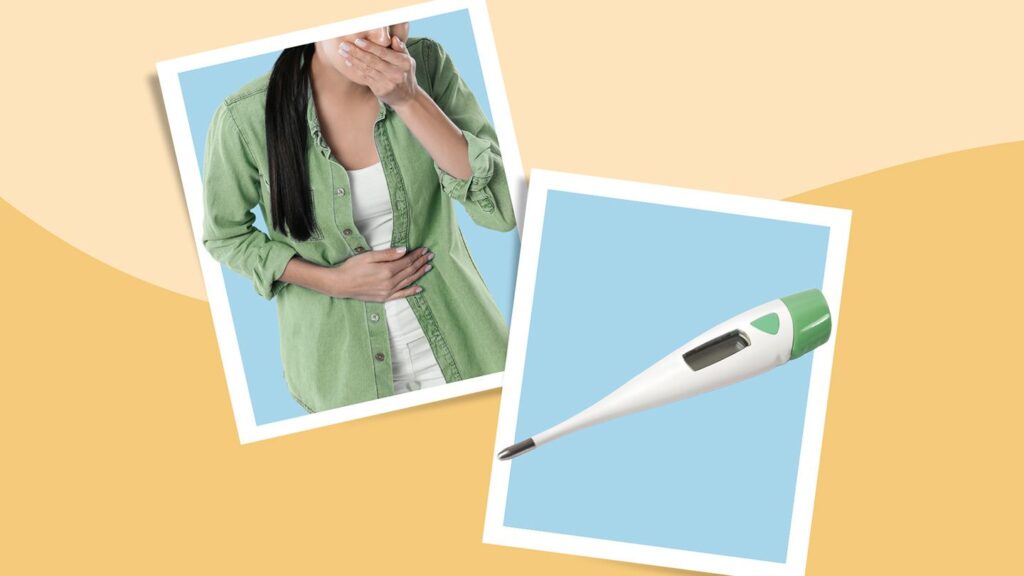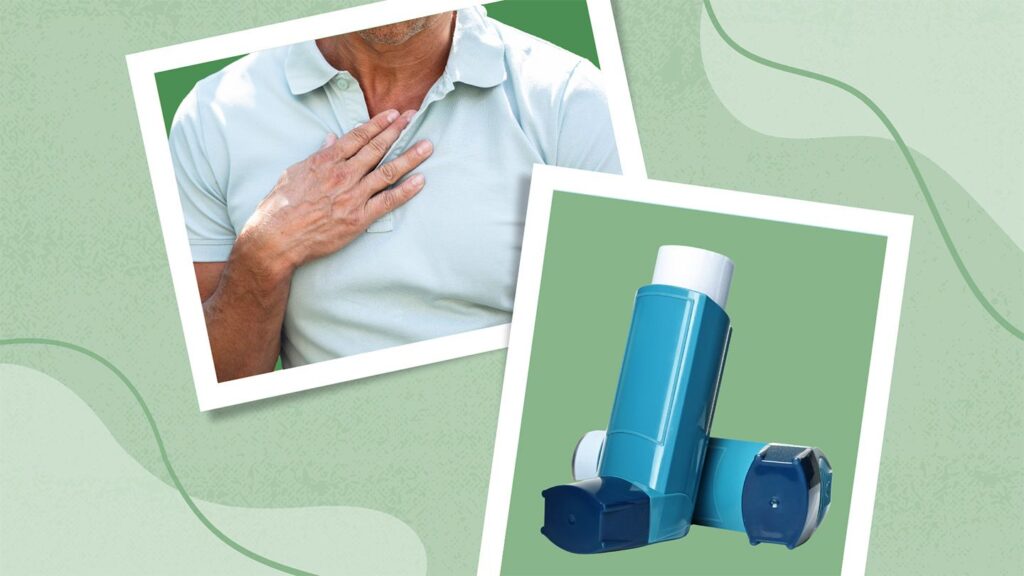Cardiac catheterization is a common invasive procedure used to diagnose and treat many heart problems. Recovery from a cardiac catheterization is usually quick, and you should be able to return to your normal activities the next day.
Overview Overview What Is Cardiac Catheterization? Cardiac catheterization (also known as cardiac cath, heart cath, or coronary angiogram) is an imaging heart procedure that’s used to diagnose or treat some heart conditions.e60dc2a1-f33c-4a05-9b50-8e3e8e597629e16fc311-64f4-4f49-868b-6f33ab822b0b It involves inserting a small thin tube (called a catheter) inside your major blood vessels to examine their health and the health of your heart.e60dc2a1-f33c-4a05-9b50-8e3e8e597629f8f7adb1-274a-4574-b95c-e639ed28aac0e60dc2a1-f33c-4a05-9b50-8e3e8e597629dafadf36-4abb-4bba-b732-5fbe3188c535 Cardiac cath is not surgery. It’s a minimally invasive procedure and is generally very safe.e60dc2a1-f33c-4a05-9b50-8e3e8e597629dafadf36-4abb-4bba-b732-5fbe3188c535 Although there are minor risks, cardiac cath is one of the most commonly performed heart procedures in the United States, with more than 1 million cardiac caths done every year.e60dc2a1-f33c-4a05-9b50-8e3e8e597629e16fc311-64f4-4f49-868b-6f33ab822b0b
Who Typically Needs Cardiac Catheterization? Why It’s Done If you have, or your doctor suspects you have, one of the following heart problems, they may recommend a cardiac cath to diagnose or treat it:e60dc2a1-f33c-4a05-9b50-8e3e8e597629fc201794-305d-4b5a-a7e2-5f8c5feed923e60dc2a1-f33c-4a05-9b50-8e3e8e597629150fdcf2-c0aa-49f8-9677-019fb76e63d6 Coronary artery disease Heart arrhythmia (irregular heartbeat) Problems with your heart’s valves (heart valve disease) Heart problems you may have from birth (congenital heart disease) Heart failure Problems with your heart’s muscles that make it harder to pump blood (cardiomyopathy) Heart attacks Doctors may also recommend the procedure for these other reasons:e60dc2a1-f33c-4a05-9b50-8e3e8e597629b40c2e9b-53ac-44dd-8702-a19cfa982739 Better understand the results of another test result such as an echocardiography or a stress test Measure the blood flow in the right or left side of your heart Measure oxygen and blood pressure levels within your heart and arteries Take a tiny bit of tissue from your heart to test it (heart biopsy) Open a narrowed or blocked artery by putting a stent in your heart Inspect the health of your heart and blood vessels
How Is Cardiac Catheterization Performed? How It’s Performed A highly skilled interventional cardiologist (a heart doctor specializing in catheter-based procedures) will perform the procedure in a cardiac catheterization lab, with the help of nurses and radiologists.e60dc2a1-f33c-4a05-9b50-8e3e8e597629bc8fb75b-23a5-423c-9d8f-d4fadbee7db7 The specialist will insert a small thin tube (called a sheath) into your blood vessels, with another small thin tube inside it called a catheter. They will guide the catheter inside the sheath through the blood vessel and toward your heart. Depending on what the procedure is for, the catheter may have another small instrument on its tip, for example, a small camera to view inside your arteries.e60dc2a1-f33c-4a05-9b50-8e3e8e597629f349eb63-0e48-4881-b8b4-077777bbe970 The procedure itself doesn’t take long, but recovery takes a few hours, and you may have to spend the night in the hospital, depending on your circumstances and the purpose of the procedure.e60dc2a1-f33c-4a05-9b50-8e3e8e5976290fe5fe00-e97b-40f2-8ccd-05f899328ed0
How Do I Prepare for Cardiac Catheterization? How to Prepare You should arrange for someone to pick you up from the hospital and drive you home.e60dc2a1-f33c-4a05-9b50-8e3e8e597629b83fcba9-f778-458a-b6f6-112ce7a82c03 You’ll also receive instructions about what you can eat and drink 24 hours before the procedure. Usually, you’ll have to fast (not drink or eat anything) for six to eight hours before a cardiac cath.e60dc2a1-f33c-4a05-9b50-8e3e8e597629b83fcba9-f778-458a-b6f6-112ce7a82c03 Before the procedure, your healthcare professional will ask questions about your medical history and run some tests. These usually include a complete blood count, a basic metabolic panel (which checks how well your body turns food into energy), a test that checks how quickly your blood clots, an electrocardiogram (ECG or EKG) for your heart, and a chest X-ray.e60dc2a1-f33c-4a05-9b50-8e3e8e59762931143e26-d1ea-4981-a189-e36e7c66e2b7 You’ll need to tell your healthcare professional if any of these characteristics apply to you: e60dc2a1-f33c-4a05-9b50-8e3e8e597629b83fcba9-f778-458a-b6f6-112ce7a82c03 Taking any drugs (including supplements or herbal medication) Pregnant or think there’s a chance you might be pregnant Allergic to any drugs, foods, or substances like latex or X-ray dye
What Should I Expect During Cardiac Catheterization? What to Expect During the procedure, you’ll receive some medications that will help you relax, called sedatives. You’ll usually remain awake and conscious during the procedure and will receive only a local anesthetic.e60dc2a1-f33c-4a05-9b50-8e3e8e597629c5d758e9-9750-456e-9125-26ea5bd587b9 Typically, this is in the groin area, where the doctor will make a small needle puncture (hole) through your skin. Other common puncture sites are the arm, neck, or just under the collarbone.e60dc2a1-f33c-4a05-9b50-8e3e8e5976299557a45f-5936-44e5-8363-399b92577816 The doctor will insert the thin sheath through this hole and into the blood vessel, guiding or threading the catheter all the way to the heart. You’ll be able to follow the procedure (and see the catheter being guided along) on a video screen. You may feel pressure in the area that’s being operated on, but you shouldn’t feel any pain due to the anesthetic. The procedure is usually short and takes about 30 minutes.e60dc2a1-f33c-4a05-9b50-8e3e8e59762913101fb9-42d9-47b2-a0cf-c8bf69434e41 Recovery is a few hours long, so you’ll spend that time in the hospital. Typically, you’ll get discharged the same day, but in some cases, you have to stay overnight.e60dc2a1-f33c-4a05-9b50-8e3e8e5976299557a45f-5936-44e5-8363-399b92577816
What Are the Potential Risks Associated With Cardiac Catheterization? Risks Cardiac cath is generally a very safe procedure. However, minor risks do exist:e60dc2a1-f33c-4a05-9b50-8e3e8e5976296ae09097-057e-48b9-bf48-3c54ade49994e60dc2a1-f33c-4a05-9b50-8e3e8e597629bc59b697-d7d5-4db1-930c-f1a9413d5825 Discomfort, bleeding, or bruising where the catheter was inserted Low heart rate Low blood pressure Side effects from the sedatives Less common risks include the following:e60dc2a1-f33c-4a05-9b50-8e3e8e5976296ae09097-057e-48b9-bf48-3c54ade49994 Kidney damage Arrhythmia (abnormal heart rhythm) An abnormal connection between veins and arteries (arteriovenous fistula) Extremely rarely, the following major complications can occur:e60dc2a1-f33c-4a05-9b50-8e3e8e5976296ae09097-057e-48b9-bf48-3c54ade49994e60dc2a1-f33c-4a05-9b50-8e3e8e5976299f3ce109-6472-4cc6-945f-3c00ae6361a9 Allergic reaction to the contrast dye (when the cardiac cath is used to take X-rays) Skin irritation from the X-rays Allergic reaction to the local anesthetic or other medications you may take during the procedure Infection Blood clots Heart attack Stroke Infection Damage or tears in the major arteries or heart Death It’s worth remembering that the chances of these complications are very, very slim. The risks and benefits of each procedure will depend on your individual circumstances, but overall, these major complications occur in less than 1 percent of cases. The risk of stroke, for example, is under 0.4 percent.e60dc2a1-f33c-4a05-9b50-8e3e8e5976296ae09097-057e-48b9-bf48-3c54ade49994
What Type of Care Is Needed Following Cardiac Catheterization? Follow-Up Care After the procedure, you’ll be sent to the recovery unit of the hospital. You’ll have to recover in bed for a few hours, lying flat on your back and keeping your leg straight. Your catheter will be removed, and instead, you’ll have a dressing over the puncture site and have pressure applied to it (either by hand or with a special device) to stop the bleeding. During this time, your nurse will monitor your heart rate, blood pressure, and other vital signs.e60dc2a1-f33c-4a05-9b50-8e3e8e597629af2481c3-8e55-42b1-86da-6e74389753a7e60dc2a1-f33c-4a05-9b50-8e3e8e5976294e50505b-9444-4a21-8fd1-a0e33f79b55a When you leave the hospital, your healthcare team will give you instructions for aftercare at home — make sure you follow them. These instructions will include info on how to care for your puncture site, when you can bathe or swim, and when you can start lifting heavy objects.e60dc2a1-f33c-4a05-9b50-8e3e8e5976295740f761-b04c-4992-bfe8-775861c2f89a You may be given some medication as well, and you should take it as instructed.e60dc2a1-f33c-4a05-9b50-8e3e8e5976295cb39506-d592-4142-8e71-b593c7d2e1f1e60dc2a1-f33c-4a05-9b50-8e3e8e5976295740f761-b04c-4992-bfe8-775861c2f89a You’ll usually be able to resume your daily activities the next day. But this depends on what other procedures you have done and how the cardiac cath was used (as a diagnostic or for treatment).e60dc2a1-f33c-4a05-9b50-8e3e8e597629283c3752-23ca-4db8-9833-ed4259b246e7
What’s Next You’ll likely have to come back for a follow-up appointment to make sure recovery is going well.e60dc2a1-f33c-4a05-9b50-8e3e8e5976299ba47287-886e-4cfa-b826-edf750ae4c84e60dc2a1-f33c-4a05-9b50-8e3e8e597629375bab4b-2e48-453d-b515-7efb99d83069 If you had to take blood thinners after your procedure, you may need some follow-up blood tests. e60dc2a1-f33c-4a05-9b50-8e3e8e5976299ba47287-886e-4cfa-b826-edf750ae4c84e60dc2a1-f33c-4a05-9b50-8e3e8e597629375bab4b-2e48-453d-b515-7efb99d83069 In the long term (and depending on what the cardiac cath was for), you may have to make some lifestyle changes. For example, start eating a heart-healthy diet and exercising regularly.e60dc2a1-f33c-4a05-9b50-8e3e8e597629f14f9b8f-0dde-4d6e-abed-1d5c4bf6e364
The Takeaway A cardiac catheterization is an invasive imaging procedure that can be used to diagnose or treat many heart problems. It’s very common, fairly quick, and generally very safe — but it isn’t without risks. Speak to your healthcare provider about whether this procedure is right for you.
Resources We Trust Mayo Clinic: Cardiac CatheterizationNational Heart, Lung and Blood Institute: Cardiac Catheterization: Who Needs It Circulation: What to Expect During Cardiac CatheterizationCleveland Clinic: After Your Cardiac CatheterizationUniversity of Louisville: What’s Next After a Cardiac Cath?
What Is Cardiac Catheterization?



